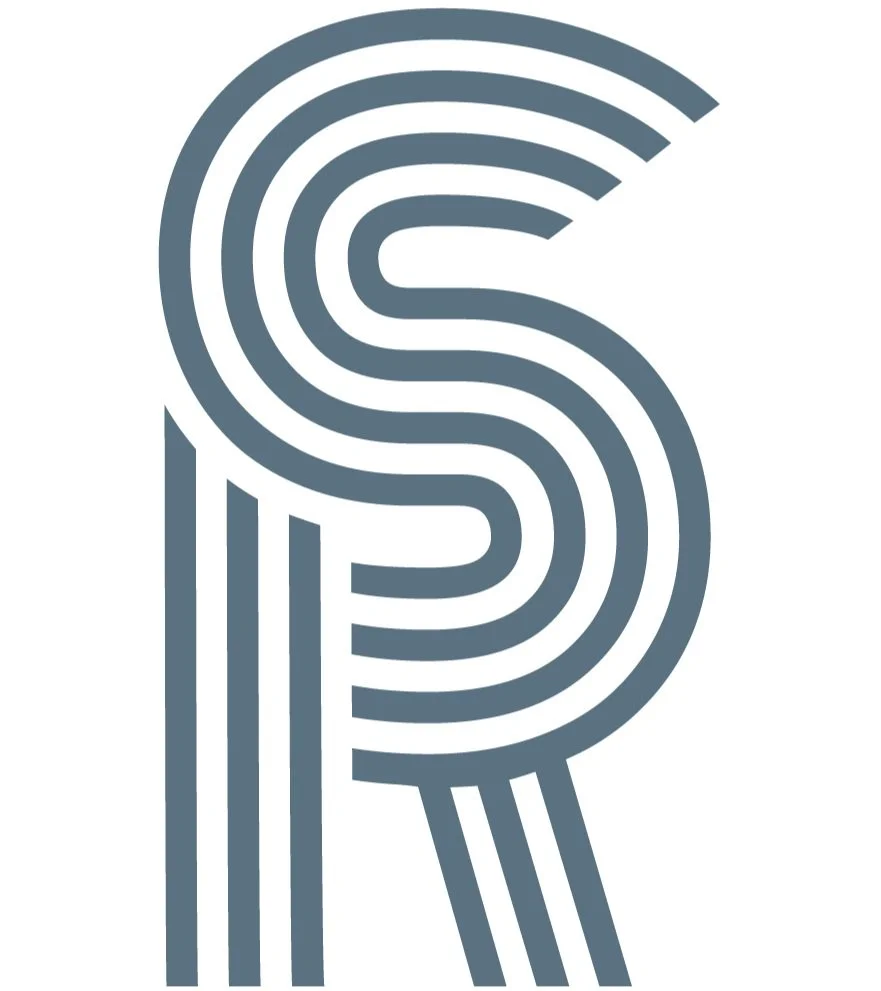A Wellness App for Students, By Students
Cardinal Wellness App
PROBLEM
An SVSU Kinesiology professor wanted her students to gain hands-on experience while giving back to the campus. She envisioned an app where students could create wellness content to help the broader SVSU community stay active and engaged.
OUR APPROACH
The final app aims to promote physical activity and healthy habits across SVSU’s campus. The goal was to create a simple, supportive experience that helps students stay motivated with goal tracking, guided workouts, and progress reminders. The client was satisfied with the proposed design, and testing showed positive feedback from the SVSU community.
MY ROLE
I led the end-to-end UX and UI design process, from conducting user interviews and competitive analysis to creating user flows, wireframes, and high-fidelity prototypes.
Insights That Shaped the App Vision
Research Goals:
Understand Student Needs
Gain insight into what motivates SVSU kinesiology students and what tools would support their learning and community outreach.
Explore the Competitive Landscape
Analyze existing fitness and wellness apps to identify best practices, common pitfalls, and opportunities for differentiation.
Define What Success Looks Like
Clarify what features and functionality would make the app valuable not just for students, but for the broader SVSU community it aimed to support.
User Interviews
I conducted interviews with 5 SVSU students to uncover their motivations, goals, and pain points around wellness and fitness. The interviews revealed key patterns in how students prefer to engage with wellness content, which directly informed the app’s features, tone, and user flow.
What features or functionalities would you find most helpful in a wellness app?
How often do you use fitness or wellness apps, and what do you like or dislike about them?
Would you find value in receiving reminders or notifications for physical activities, such as reminders to drink water or do a workout? How often would you like to receive these notifications?
Types of Questions Asked:
What I Learned From Potential Users:
Reminders and rewards boost engagement.
Daily prompts and achievement systems were seen as helpful for staying consistent and motivated
Inconsistent tracking causes frustration.
Most students don’t use structured tracking, leading to unclear progress and reduced motivation.
Visual clarity builds user confidence
Users want quick video demos, clean layouts, and simple navigation to feel confident using the app.
Competitive Analysis
To identify design gaps and user needs, I analyzed three wellness apps—Bodylura, MWH, and Asana Rebel—focusing on target users, core features, and usability. While each app offered unique strengths, all lacked key features like goal tracking, reminders, and intuitive navigation.
From this analysis, I identified key areas to differentiate:
Add personal workout reminders—a feature none of the three apps supported well.
Include clearer visual feedback for muscle groups trained, a common weakness.
Combine features into a seamless, beginner-friendly UI to reduce cognitive load.
Designing the Experience
Structuring the App
To ensure a clear and user-friendly experience, I created a sitemap based on user research. Prioritizing features like workout tracking, video tutorials, and goal setting, the sitemap provided a structured foundation for designing screen wireframes. User feedback also led to the inclusion of hydration reminders and progress tracking, helping align the app’s layout with student needs.
Exploring Concepts
I began with quick sketches to explore layout ideas and feature placement. These rough wireframes helped shape the app’s structure before jumping into digital design.
Quick Testing & Iteration
After sketching initial concepts, I built a basic interactive prototype in Figma and conducted informal testing with students to gather early feedback. This allowed me to identify usability issues before moving into high-fidelity design.
Key insights from early testing:
Developing the Visual Identity
I maintained consistency with SVSU’s official branding by incorporating the SVSU logo and using the university’s established colors of red and blue. This decision ensures visual alignment with the school’s identity, reinforcing trust and recognition among students and faculty.
Creating a Component Library for Consistency & Efficiency:
Bringing the Design to Life
I refined the design into high-fidelity screens, following the typography and color guidelines I established to ensure an accessible, clean, and consistent interface. These final designs incorporated user feedback from initial low-fidelity testing, improving clarity and overall usability.
Validating the Design
High-Fidelity Usability Testing
To evaluate the near-final design, I conducted usability tests using the high-fidelity Figma prototype. I focused on key user tasks:
Completing a workout
Setting reminders
Tracking progress
Setting a goal
These sessions allowed me to assess overall usability, clarity of navigation, and user satisfaction.
Addressing a Key Issue: Goal Tracking
90% Of users struggled to locate the goal-tracking page, expecting it in the home dashboard or a more prominent menu option. This slowed their task flow and caused frustration.
In the next iteration my planned improvements involve:
Increase visibility by adding a dedicated tab in the main navigation.
Clarify labeling by renaming the section for better recognition.
Reflection & Next Steps
Measuring Success
The success of this MVP will be evaluated based on user adoption, engagement, and demographics. Key questions include: Is the product being used? How are users interacting with it? Who is using it?
By analyzing these factors, we can identify which features should be refined or expanded. Additionally, this data will help determine whether the app should be marketed beyond SVSU students to the broader Saginaw Valley State University community.
Lessons Learned
This project emphasized the need to balance user needs and client goals for a successful product. Usability testing helped refine navigation, goal-setting, and engagement features, while client discussions ensured alignment with SVSU’s broader objectives.
Key takeaways:
User feedback drives iteration, but business goals shape long-term success.
A great UX isn’t enough, the product must support both usability and viability.
Scalability matters, understanding the target audience helps determine future marketing and expansion.

















